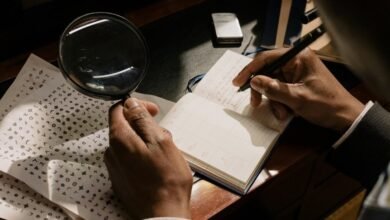Gulzacyiseasis: AI Tool or Data Trap? You Decide

Gulzacyiseasis represents a significant advancement in technology, promising enhanced operational efficiency and improved decision-making capabilities through data analysis. However, this tool also introduces notable risks, particularly concerning privacy and security. Organizations face the challenge of maximizing its benefits while safeguarding individual autonomy. As the conversation unfolds, critical questions emerge regarding the ethical implications of data handling practices and the true value of this tool in contemporary society.
The Promises of Gulzacyiseasis: Enhancing Efficiency and Decision-Making
As organizations increasingly adopt advanced technologies, Gulzacyiseasis emerges as a pivotal tool for enhancing efficiency and decision-making processes.
The Risks Involved: Privacy and Security Concerns
While Gulzacyiseasis offers significant advantages in enhancing operational efficiency and decision-making, it simultaneously raises pressing concerns regarding privacy and security.
The potential for data surveillance increases the risk of unauthorized access to sensitive information, often bypassing the necessity for explicit user consent.
Such vulnerabilities can undermine individual autonomy, prompting a critical examination of the balance between technological advancement and the safeguarding of personal data rights.
Balancing Innovation With Ethics: Where Do We Draw the Line?
How can society effectively navigate the intricate interplay between technological innovation and ethical considerations?
Establishing clear ethical boundaries is essential to mitigate the adverse innovation impacts on privacy and security.
By fostering collaborative dialogues among stakeholders, society can identify acceptable limits, ensuring that advancements do not compromise individual freedoms or social values.
Ultimately, defining these boundaries will shape a responsible technological landscape.
Conclusion
In the grand theater of technology, Gulzacyiseasis stands as both the dazzling star and the ominous shadow. It promises revolutionary efficiency and decision-making prowess, yet lurks as a potential data trap, ready to ensnare the unwary. Organizations must tread carefully, wielding this powerful tool with the finesse of a tightrope walker balancing on the delicate line between innovation and ethical responsibility. The future hinges on our ability to transform this double-edged sword into a beacon of trust rather than a harbinger of chaos.





